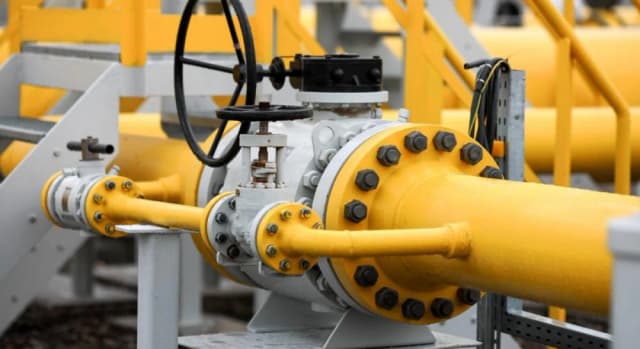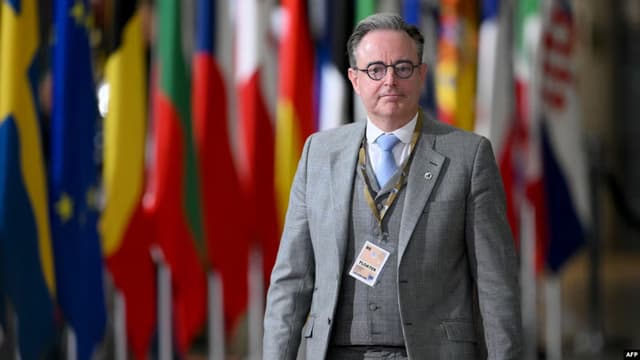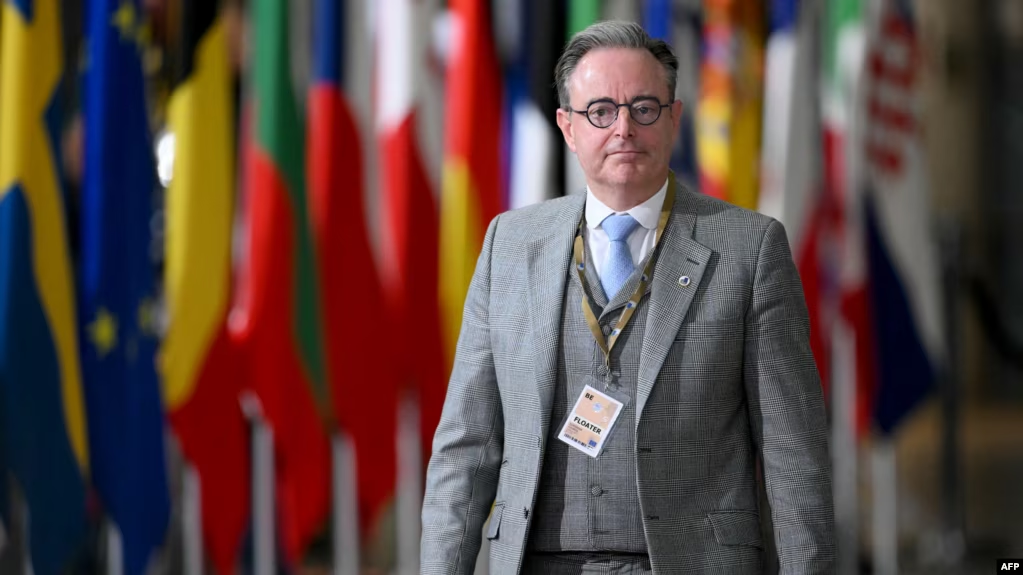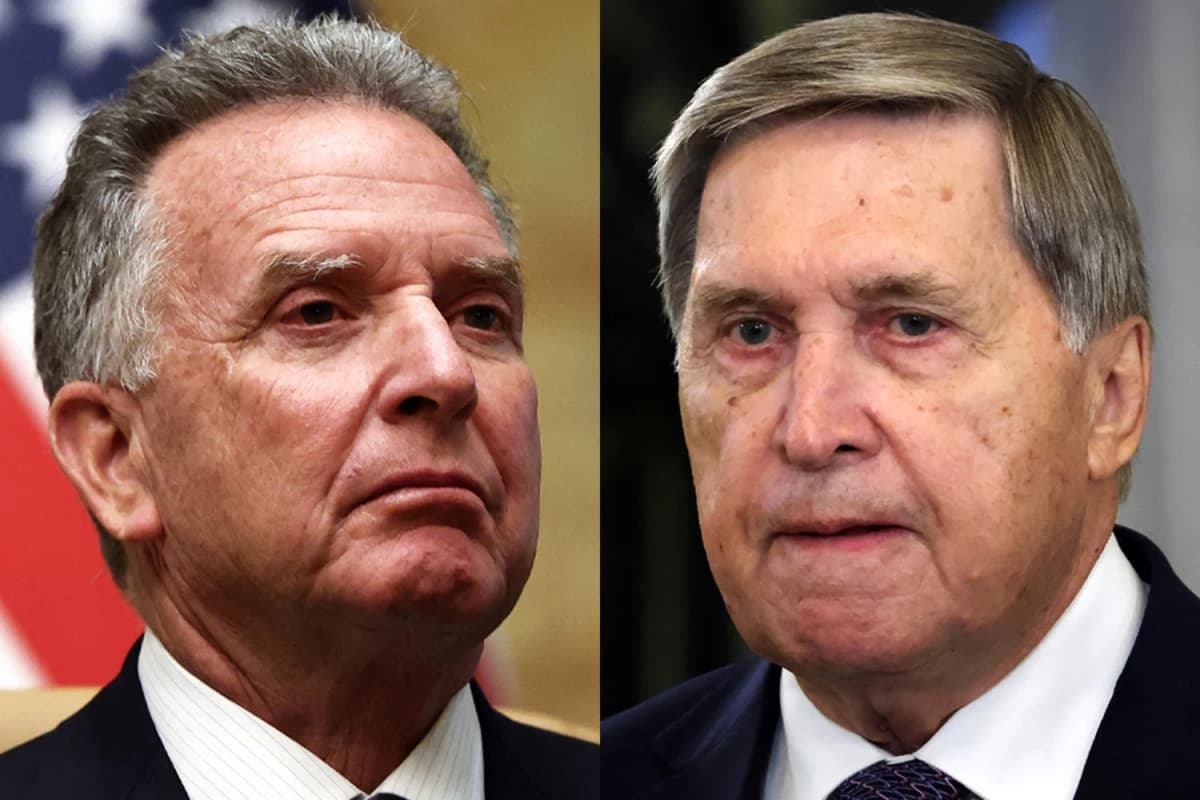What awaits the Russian economy: recession or a ‘cooling off’ period with the prospect of renewed growth?

RESURGAM EDITORIAL

At the St. Petersburg International Economic Forum (SPIEF), which took place on 18-21 June this year, Russian Minister of Economic Development Maxim Reshetnikov stated that the Russian economy is on the verge of entering a recession. In turn, Finance Minister Anton Siluanov called the current situation in the Russian economy a “cooling off,” but optimistically added that “after the cold always comes summer.” Who is right?
Currently, we can see that the traditional problems of the Russian economy in the coal industry, railways and local budgets have been joined by new crisis areas: metallurgy, the agricultural sector, and the crisis in real estate and foreign investment has finally been confirmed.
Read more about the traditional problems of the Russian economy in the article “Stagflation has arrived: the vicious circle of the Russian economy that will lead the Kremlin to disaster”.
Metallurgical crisis
Sanctions, the loss of foreign markets and high interest rates have led Russian metallurgy, one of the largest industries employing over 600,000 people and providing 10% of export revenues to the economy, to the edge of collapse.
According to Worldsteel, steel production in Russia fell by 7% year-on-year in 2024 to 70.7 million tonnes (the worst performance among the world's ten largest steel producers). The largest metallurgical companies reduced production by 8-14%. For example, Russia's largest metallurgical plant, Magnitogorsk Iron and Steel Works, reduced steel production by 14% and pig iron production by 4.5%.
 Global production of unprocessed steel in 2024
Global production of unprocessed steel in 2024
 Key indicators of the Russian steel market in 2020-2024, millions of tonnes
Key indicators of the Russian steel market in 2020-2024, millions of tonnes GMK Centre reoprts that the negative trend continues in 2025. According to Worldsteel , steel production in Russia fell by 5.2% year-on-year in January-May.
 Top 10 steel producing countries (data for May 2025)
Top 10 steel producing countries (data for May 2025)
Russian steel exports have also declined over the past two years. According to Metaltorg, exports of semi-finished steel products reached 13.8 million tonnes in 2023, 16.6% less than in 2022. Exports of finished rolled products in 2023 fell by 16.9%, while shipments of flat rolled products decreased by 23.9%.
There are no complete export statistics for the Russian steel market for 2024 in open sources. The lack of customs statistics is a key problem when studying the Russian steel market. However, various analytical estimates clearly indicate a significant decline. According to Metals & Mining Intelligence, steel exports from Russia fell by 22% y/y to 14.1 million tonnes in the first nine months of 2024. According to estimates by the "Ruslom" association, Russian steel exports fell by 19.5% y/y in 2024 to 20.2 million tonnes. Compared to 2021, the decline was 39.4% or 13.1 million tonnes. Pig iron exports from Russia fell by 19.4% y/y last year to 2.9 million tonnes, while large-diameter pipe exports fell more than four times, from 436,000 tonnes to less than 100,000 tonnes.
 Steel exports from Russia in 2020–2024, millions of tonnes. GMK Centrer
Steel exports from Russia in 2020–2024, millions of tonnes. GMK Centrer
According to estimates by Alexander Shevelev, CEO of mining and metallurgical company Severstal, steelmakers may face the inability to sell up to 6 million tonnes of steel in 2025, or almost 10% of last year's production. The forecast for steel consumption in 2025 is pessimistic, Shevelev said at the St. Petersburg International Economic Forum: domestic Russian demand may drop from 43-45 million tonnes to 39 million tonnes.
Meanwhile, metal exports have become unprofitable due to the sharp rise in the rouble exchange rate. According to Shevelev, metallurgical plants need a dollar exchange rate of 90-100 roubles, as well as a reduction in the central bank's key rate, which would ‘revive business activity’ in steel-consuming industries.
Due to the ‘domino effect,’ new problems in the metallurgical industry are further intensifying the existing crisis in the coal industry.
Agricultural crisis
Grain exports, which are among the top sources of foreign exchange earnings for the economy and earned $15.5 billion in 2023, are falling. According to estimates by the Russian Grain Union (RGU), from 1 to 15 June, Russian wheat exports fell 4.8 times compared to the same period in 2024, amounting to 565,000 tonnes.
Wheat exports declined during this period just as much in volume (from 185 thousand tons to 38 thousand tons) as in geography (from 40 to 11 countries), in the number of ports involved in shipments (from 29 to 11) and in the number of exporting companies (from 77 to 14).
The decline in exports is partly due to smaller wheat stocks in Russia (30-35% less than last season) and lower prices in European countries. As of 15 June, the export value of Russian wheat was $238 per tonne, French wheat was $227, and American wheat was $219. Thus, the cost of Russian wheat has become higher, as sanctions have increased the cost of its cultivation, and it is not possible to support exports by ‘selling stocks from storage’ just as in previous years.
A landmark event in the crisis in the Russian agricultural sector was the pause in operations on 1 June by Russia's largest agricultural machinery manufacturer, Rostselmash. The company sent all its employees on mandatory leave starting in June, postponing the August and September holidays, just as in previous years. In addition, the company has already laid off 2,000 employees since autumn 2024, as announced in early May by its CEO Konstantin Babkin.
The main reason the company announced the suspension of operations in the midst of agricultural work was the lack of funds for farmers to purchase and repair agricultural machinery, leading to a significant market decline. Expensive loans impact other problems, such as high export duties and rising fuel and fertiliser prices, making agriculture unprofitable in many regions.
The central bank's tight monetary policy has made commercial loans, which account for around 30% of all loans, inaccessible to most farmers, who mainly use them to purchase new equipment. Sales of all Russian agricultural machinery manufacturers, according to Rostselmash, fell by 76% for combine harvesters, 49% for forage harvesters and 48% for tractors compared to the same period in 2021, a year of agricultural boom.
Arkady Zlochevsky, head of the Russian Grain Union lobby group, warned that if farmers are unable to upgrade their equipment, they will be more vulnerable to adverse weather conditions. Modern technology helps farmers make more efficient use of favourable weather periods.
Real estate crisis
New data shows that sales of apartments in new buildings fell by 40% year-on-year. In May, Russians purchased 1.7 million square metres – 300,000 less than in April (2 million) and 200,000 less than in March (1.9 million). Over five months, the decline was 16% compared to 10% in January-April.
The reason for the decline in sales is said to be the high base effect. A year ago at this time, there was a rush of demand before the end of the most popular state programme, the unaddressed ‘preferential mortgage’, which anyone could take out at 8% per annum.
Due to the fall in demand, developers are completing existing projects but are not risking investing in new ones. The slowdown in construction, in turn, reduces demand for steel and deepens the decline in railway revenues.
Crisis in the investment sector and capital outflow
The domino effect could be stopped by a sharp influx of foreign investment or at least by halting the existing capital outflow. However, the Russian Ministry of Finance has acknowledged that it is impossible to stop the outflow of foreign capital.
Despite the strict requirements for foreign businesses introduced in 2024, designed to prevent them from leaving the Russian market — the obligation for foreign companies to sell their assets at 40% of market value and transfer 35% of the sale price to the budget — this did not stop the outflow of foreign companies, which the Ministry of Finance estimated as ‘tens per month’.
According to the Central Bank of the Russian Federation, of the $497.7 billion in FDI that the Russian economy had at the beginning of 2022, only $216 billion (-57%) remained by the beginning of 2025 — the lowest amount since 2009.
One of the topics of the St. Petersburg International Economic Forum was the possibility of foreign companies returning to Russia. However, representatives of Russian business are pessimistic about this. According to Andrei Kostin, head of the Russian state bank VTB, there are currently no foreign companies ready to return to Russia. He noted that without foreign investors, it is impossible to have a full-fledged stock market.
The problem of a strong rouble
The strong Russian currency has actually become an instrument of self-destruction. Since the beginning of the year, the rouble has strengthened by more than 45% (from 113.75 roubles/dollar to 78.41 roubles/dollar). Meanwhile, in April, the Ministry of Economic Development prognosed an average annual dollar exchange rate of 94.3 rubles/dollar in 2025 and 98.7 rubles/dollar at the end of the year.
 How the rouble exchange rate changed during the war. The Insider
How the rouble exchange rate changed during the war. The Insider
There are several reasons for the strengthening of the ruble. In its May analytical review , the Central Bank cites the following: high discount rate (it has become unprofitable to buy imported goods on credit, but profitable to keep roubles in deposits); seasonality (at the beginning of the year, purchasing activity declines); hope for a quick ceasefire and the removal of some sanctions; reduced demand for imported cars. A significant factor is the physical reduction in imports, which, in addition to sanctions, was affected by a decline in demand, which, in turn, is falling not only because of high interest rates, but also because of the slowdown in economic growth and the cooling of the labour market. Thus, the lower the imports, the lower the demand for currency.
Russian exporters, who are the main source of foreign currency revenues for the budget, suffer the most from the strong rouble. A strong rouble means less rouble revenues from oil and gas exports, which are the main sources of income for the Russian budget. In May, oil and gas revenues to the budget fell by a third compared to May last year, and by 53% compared to April. Overall, since the beginning of the year, oil and gas have brought 14% less to the budget than last year.
The price of Russian Urals oil in rubles fell to 4,195 rubles per barrel in May. After the escalation of the Israeli-Iranian conflict on 13 June, Urals oil rose to over $60 per barrel. However, according to Bloomberg's calculations, the real income of Russian exporters was 4,957 roubles per barrel, which is almost 30% less than at the beginning of this year. Thus, Russia will not recieveе significant profits.
 The price per barrel of Russian Urals oil in roubles
The price per barrel of Russian Urals oil in roubles
Against the backdrop of problems with filling the Russian budget and falling exporters' revenues, Russian officials and bankers are publicly calling for a weakening of the rouble and lobbying for an exchange rate of 90-100 roubles per dollar.
During the St. Petersburg Economic Forum, Sberbank CEO German Gref said that the current exchange rate is ‘far from equilibrium’ and should be more than 100 rubles per dollar. He was joined by VTB CEO Andrei Kostin, who called the strengthening of the ruble ‘harmful to the economy.’ First Deputy Prime Minister Denis Manturov also complained that the strong ruble is putting pressure on non-resource exports.
Eventually, all signs indicate that this is not a cooling off in the Russian economy, but rather an unstoppable movement toward an ‘economic winter.’

RESURGAM EDITORIAL
You may be interested









